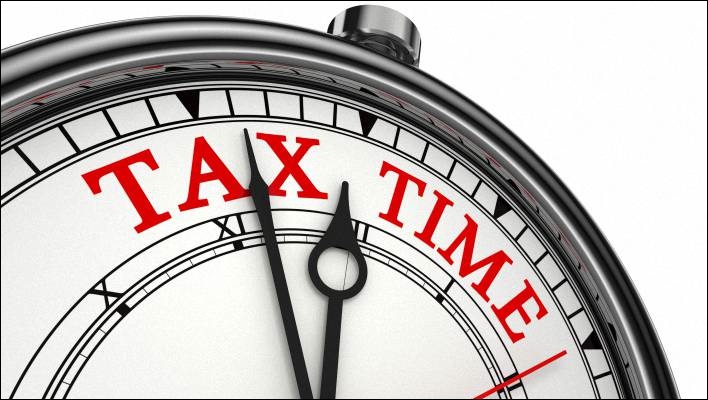
THE FOLLOWING is a little-known (but should be widely-known) ATO explanation on how to calculate CGT on a property that was formerly your home that you subdivide much later. And how the principal place of residence can be lost.
More…
Let’s go through it in some detail … for a Dwelling that was purchased on or after 20 September 1985, and then subdivided after that date.
Kym bought a house on a 0.2 hectare block of land in June 2014 for $700,000. The house was valued at $240,000 and the land at $460,000. Kym lived in the house as her main residence. She incurred $24,000 in stamp duty and legal fees purchasing the property.
Kym found the block was too big for her to maintain. In January 2015, she subdivided the land into two blocks of equal size. She incurred $20,000 in survey, legal and subdivision application fees; and $2,000 to connect water and drainage to the rear block.
In March 2015, she sold the rear block for $260,000.
As Kym sold the rear block of land separately, the main residence exemption does not apply to that land. She contacted several local real estate agents who advised her that the value of the front block was $30,000 higher than the rear block.
Kym apportioned the $460,000 original cost base into $215,000 for the rear block (46.7%) and $245,000 for the front block (53.3%). Kym incurred $6,000 legal fees on the sale.
The cost base of the rear block is calculated as follows:
- Cost of the land $215,000
- 46.7% of the $24,000 stamp duty and legal fees on the purchase $11,208
- 46.7% of the $20,000 cost of survey, legal and application fees $9,340
- Cost of connecting water and drainage $2,000
- Legal fees on sale $6,000
Total Cost Base = $243,548
The capital gain on the sale of the rear block would be $16,452.
She calculated this by subtracting the cost base ($243,548) from the sale price ($260,000). As Kym had owned the land for less than 12 months, she uses the ‘other’ method to calculate her capital gain.
Kym will get the full exemption for her house and the front block, because they were used as her main residence for the full period she owned them.
Not a bad result. But imagine if she had bought it 10 years earlier, used it as her principal place of residence the whole time and where the value was about half of the value it is now:
That is: $350,000 purchased with a value of $120,000 for the home and land at $230,000 … which is now valued at the $700,000 10 years later.
For tax purposes, you do not use the market value — you must use the original value.
The cost base of the rear block is calculated as follows:
- Cost of the land (46.7%) $107,410
- 46.7% of the $24,000 stamp duty etc on the purchase $11,208
- 46.7% of the $20,000 cost of survey, legal and application fees $9,340
- Cost of connecting water and drainage $2,000
- Legal fees on sale $6,000
Total Cost Base = $135,958
The capital gain on the sale of the rear block would now be $124,042 … with no allowance for the past use as the primary residence.
Bottom Line: As you can appreciate, this can be a real trap. And yet, it is one you can often avoid, with proper restructuring before any sub-divisions occur.




















